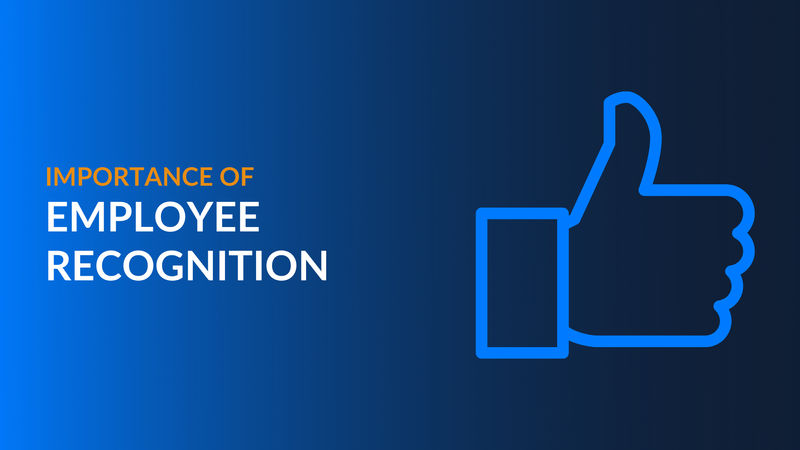
The Importance of Employee Recognition
Posted on 03/18/21 By Lorman Team
Hard work should never go unnoticed — especially in the workplace. Recognizing individual effort can have lasting benefits for both employees and employers.
When employees are unhappy, turnover rates tend to rise. In fact, companies with employee recognition programs have 31% lower voluntary turnover.
If you are keen on keeping your turnover rates low, your employees happy, and your productivity high, it's time to have a deeper look at your employee recognition program.
6 Employee Recognition Examples
There are several ways to show appreciation and, in turn, keep your employees happy. Here are a few employee recognition ideas to help you get started:
1. Use a Point-Based System
Instead of using only verbal praises and written words, consider setting up a point-based rewards system in which employees can exchange points for certain rewards.
This way, your employees know you appreciate their work and at the same time have the freedom to choose a reward that suits their needs.
2. Start With the Leaders
No matter how many employee recognition programs you have launched, it's important to always start from the root: upper management.
In fact, employee engagement can increase by nearly 60% when performance is recognized by their managers.
3. Create a Culture of Recognition
Recognition should come naturally in the workplace and should never be forced. Work to create a company culture that celebrates accomplishments.
Companies with a culture of recognition are 2.25 times more likely to give recognition on a regular basis than companies with a weak culture of recognition.
4. Encourage Peer-to-Peer Recognition
Research has shown that peer-to-peer recognition can boost performance by as much as 14 percent.
There's usually a certain level of competition among peers and if it becomes too high, your company culture could become toxic.
To create a positive culture, encourage peer-to-peer recognition because it fosters a sense of belonging, collaboration, and connection.
5. Acknowledge Individual Skills and Contributions
Each employee is unique, and the best way to show appreciation that touches their heart is to acknowledge their contributions to the workplace.
Every team accomplishment is a result of the combined efforts of all team members, each contributing their unique skills.
6. Remote Employee Appreciation Gifts
Showing appreciation to your remote employees can be a bit more complicated. The most common idea is sending them a gift they'll use and enjoy.
These gifts don't have to be pricey or break the budget. Giving your remote employees the flexibility to choose something simple like a gift card is a great way to show them how much you appreciate their work.
The Benefits of Employee Recognition
A report by Branson Hall Group discovered that companies with a culture of recognition have higher employee retention and engagement rates than companies that do not.
When employees feel appreciated and recognized, they are more likely to remain happy in their roles. It's worth noting, of course, that recognition should come from a place of sincerity though, not from a place of calculation.
Successful employee recognition programs result in:
- More productivity. When employees feel that their efforts are being recognized and their work contributes to the company's objectives, they will be motivated to work harder and become more active in group activities.
- Improved retention rates. One of the reasons why employees leave an organization is because they don't feel appreciated for their efforts. Statistics have shown that companies that consistently show appreciation for their employees' efforts experience lower turnover rates.
Is your organization struggling to retain top talent? Find out what 9 HR Leaders Do to Keep Their Employees Happy.
Related Articles
Develop new skills to improve your workday and grow your career
1 in 5 adults experience mental illness each year. It's crucial for employers to understand how to accommodate employees who suffer from anxiety, workplace stress, and PTSD.
New employee training has always been a crucial part of any onboarding process. Having an effective training plan is key to business success and talent retention, and many companies rely on online training to help achieve that goal.



